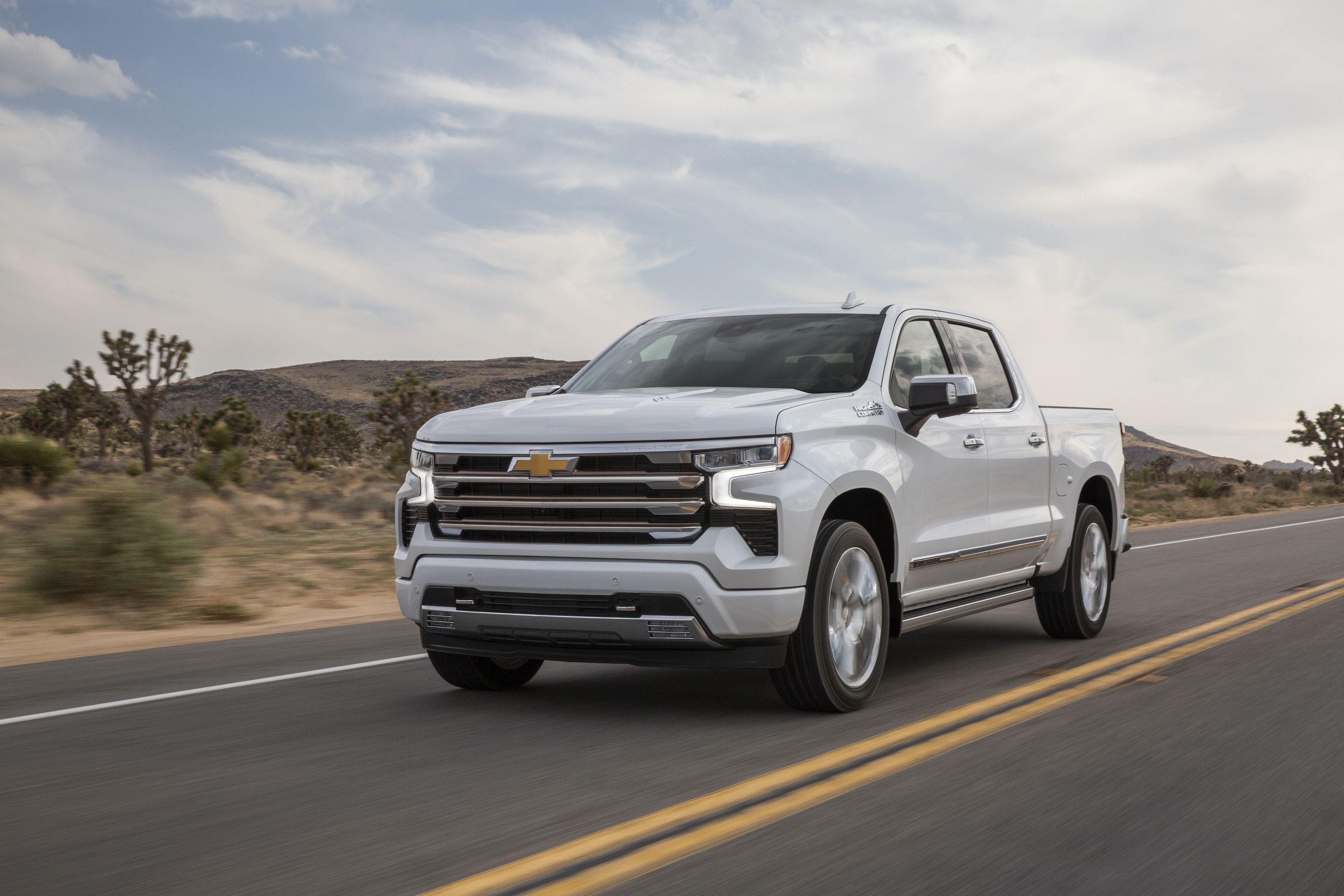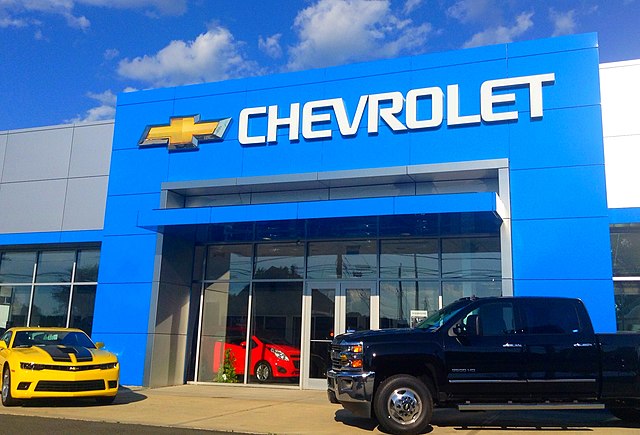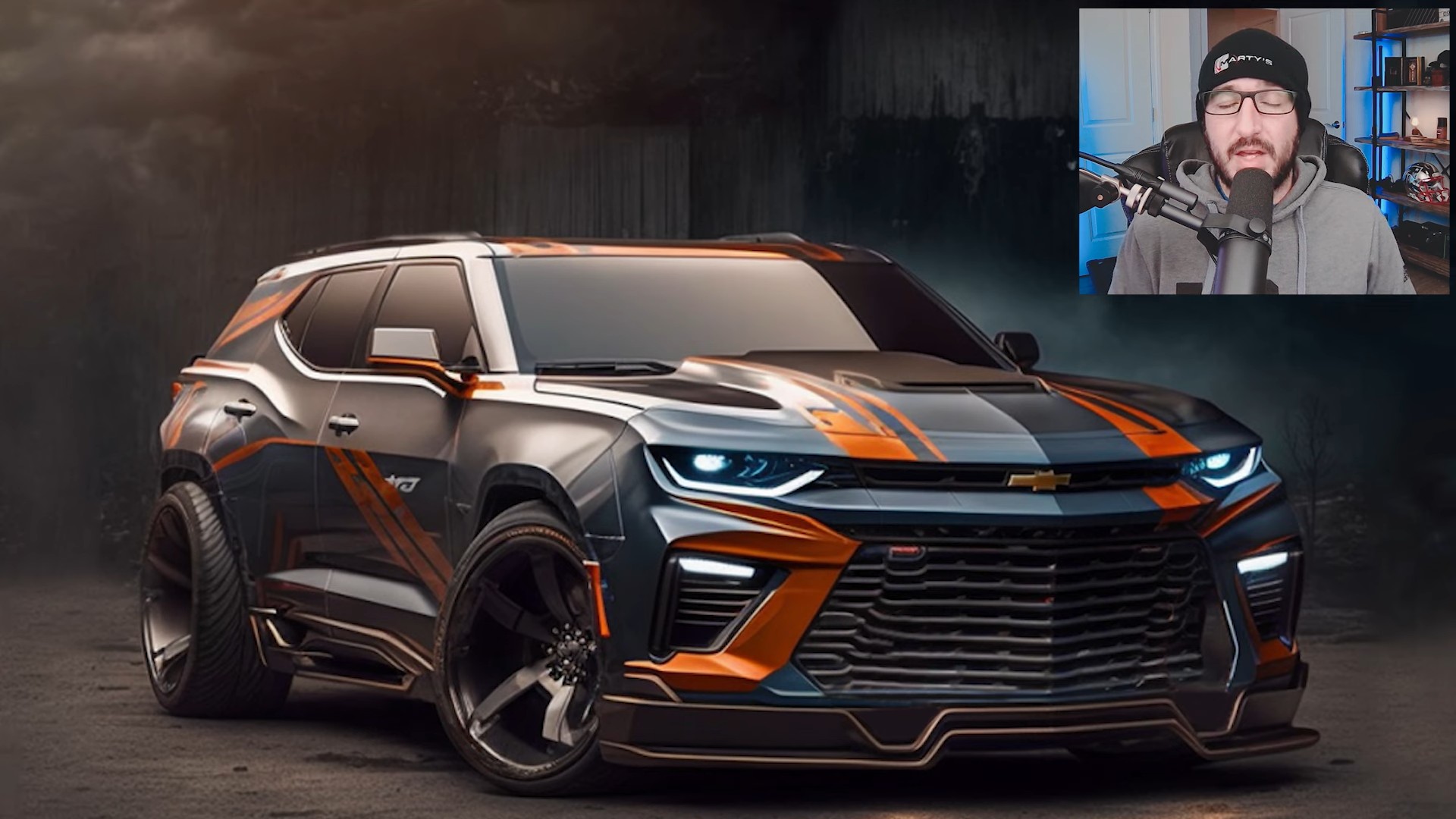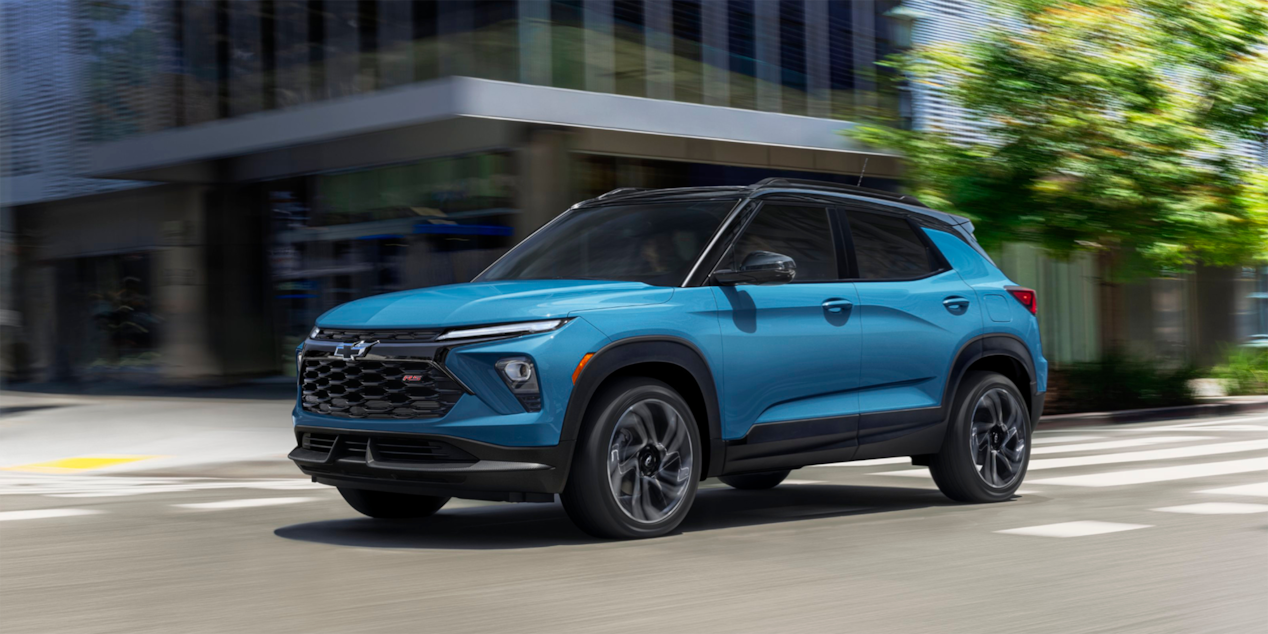Chevy Apache 4×4 Trucks For Sale: A Comprehensive Buyer’s Guide pickup.truckstrend.com
Introduction: Unearthing a Classic American Icon
The automotive landscape is replete with legends, but few command the same level of nostalgic reverence and rugged appeal as the Chevrolet Apache. Specifically, the Chevy Apache 4×4 trucks from the late 1950s and early 1960s represent a pivotal era in American truck manufacturing. These vehicles, part of GM’s iconic "Task Force" series (1955-1959) and its subsequent evolution (1960-1961), were among the first factory-produced four-wheel-drive light-duty trucks available to the public. Long before SUVs became commonplace, the Apache 4×4 offered unparalleled capability, combining a distinctive, timeless design with the power to conquer challenging terrains.
Chevy Apache 4×4 Trucks For Sale: A Comprehensive Buyer’s Guide
Today, these vintage beasts are highly sought after by collectors, enthusiasts, and anyone looking for a unique classic truck that stands out from the crowd. Whether you envision a meticulously restored showpiece, a rugged off-road adventurer, or a charming daily driver with a touch of Americana, the Chevy Apache 4×4 holds immense potential. This comprehensive guide aims to arm prospective buyers with the knowledge needed to navigate the market for Chevy Apache 4×4 trucks for sale, offering insights into their history, characteristics, what to look for, and how to make a smart purchase.
The Enduring Appeal of the Chevy Apache 4×4
What is it about the Chevy Apache 4×4 that continues to captivate generations? Its allure stems from a potent combination of historical significance, striking aesthetics, and inherent capability.
Historical Significance: The Apache nameplate was introduced in 1958, signaling a new era for Chevrolet’s light-duty trucks. While 4×4 conversions existed prior, the factory-installed four-wheel-drive system on these trucks marked a significant advancement, making robust off-road performance accessible to a broader market. They were built during a period of immense post-war optimism and expansion, embodying the spirit of American resilience and innovation.
Distinctive Design: The "Task Force" generation of Chevy trucks, including the Apache, is celebrated for its handsome, clean lines. Features like the wraparound windshield (introduced in 1955), the distinctive hooded headlights (especially the quad headlight setup from 1958 onwards), and the classic grilles give these trucks an unmistakable presence. Buyers could choose between the traditional "Stepside" bed with exposed fenders or the more modern "Fleetside" bed, which offered smooth, flush body panels. The 4×4 stance, often slightly taller, adds to their rugged appeal.
Ruggedness and Capability: These trucks were built for work. Their robust ladder frames, solid axles (often Dana units), and sturdy transfer cases (like the New Process 205 in later models or earlier Spicer units) ensured they could handle demanding tasks, from farm work to construction sites, and navigate unpaved roads with ease. This inherent durability translates into a reliable classic today, provided it has been well-maintained or properly restored.
Customization Potential: The Apache’s relatively simple mechanicals and spacious engine bay make it an ideal candidate for customization. Many owners choose to perform "resto-mod" builds, blending vintage aesthetics with modern comforts and performance upgrades like power steering, power brakes, air conditioning, and more powerful V8 engines. This adaptability ensures that each Apache can be tailored to its owner’s specific vision and usage.
Understanding the Different Models and Years (1958-1961)

While often referred to broadly as "Apaches," it’s important to understand the specific model years and their variations, especially concerning the 4×4 options. The Apache name was primarily used from 1958 to 1961 for Chevrolet’s light-duty trucks (Apache 10, Apache 20, Apache 30, corresponding to half-ton, three-quarter-ton, and one-ton capacities).
- 1958 Apache: This was the inaugural year for the Apache name. These trucks featured a unique "egg crate" grille design and were the first to offer optional factory-installed 4×4. Engine options typically included the 235 cubic inch "Thriftmaster" inline-six and the 283 cubic inch "Tradewind" V8.
- 1959 Apache: Visually similar to the ’58, retaining the "egg crate" grille, but with minor refinements.
- 1960 Apache: A significant redesign year. The cab was updated with a new "jet age" styling, featuring a flatter hood, wider grille, and often quad headlights (though some earlier 1960 models might have retained duals, it became standard). The 4×4 system continued to be offered, becoming more refined.
- 1961 Apache: Largely carried over from the 1960 design with minor trim changes. This was the last year the "Apache" name was prominently used before Chevrolet adopted the C/K series nomenclature more universally.

When looking for a 4×4, verify the presence of the front differential, transfer case, and robust leaf spring suspension on all four corners, as some 2WD models might be deceptively similar in appearance from certain angles.
Where to Find Chevy Apache 4×4 Trucks For Sale
Finding a Chevy Apache 4×4 can be an exciting hunt. Due to their age and the relatively lower production numbers for 4×4 variants compared to 2WD, they aren’t as common as some other classic trucks. Here are the primary avenues to explore:

-
Online Marketplaces and Auction Sites:
- ClassicCars.com, Hemmings.com, AutoTrader Classics: Dedicated classic vehicle marketplaces often list a wide range of Apache trucks, from projects to fully restored examples.
- eBay Motors: A vast marketplace where you might find anything from a barn find to a turnkey driver. Be cautious and verify seller reputation.
- Bring a Trailer (BaT): Known for curated, high-quality listings and transparent auction processes. Prices can be higher due to the quality of presentation and exposure.
- Mecum Auctions, Barrett-Jackson: Major classic car auctions where fully restored or high-end resto-mod Apaches often fetch premium prices.
-
Specialized Classic Truck Dealers: Many dealerships specialize in vintage trucks. They often have inspected vehicles and may offer warranties or financing.
-
Social Media Groups and Forums: Facebook groups dedicated to "Chevy Task Force Trucks," "Classic Chevy 4x4s," or "Chevy Apache Owners" are excellent resources. You can often find private sellers and invaluable advice from experienced owners.
-
Local Classifieds and Word-of-Mouth: Don’t underestimate local newspapers, community bulletin boards, or even just asking around at car shows and swap meets. Sometimes the best deals are found off the beaten path.
What to Look For: A Buyer’s Checklist
Purchasing a classic vehicle, especially a 4×4, requires a keen eye and a methodical approach. Here’s a crucial checklist:
- Rust: This is the ultimate enemy of vintage steel.
- Common Areas: Cab corners, floor pans, rocker panels, fender bottoms, bed floor and sides, inner fenders, and door bottoms.
- Frame: Critically important for a 4×4. Inspect the entire frame for cracks, previous repairs (especially poor ones), severe pitting, or signs of collision damage. A rusted or compromised frame is a major red flag.
- Drivetrain:
- Engine: Check for leaks, excessive smoke (blue/black/white), strange noises, and proper starting. Ask about recent maintenance.
- Transmission: Manuals should shift smoothly; automatics should engage gears without hesitation or slipping.
- Transfer Case: Ensure it engages smoothly into 2WD, 4-High, and 4-Low. Listen for grinding or clunking.
- Axles: Inspect for leaks around the differential covers and axle seals. Check for excessive play in the universal joints (U-joints) and wheel bearings.
- Suspension and Steering:
- Look for worn bushings, bent or broken leaf springs, and leaking shocks.
- Check steering components for excessive play. Original steering can be vague, but shouldn’t feel dangerously loose.
- Brakes: These trucks originally came with drum brakes all around. Test their effectiveness. Many owners upgrade to disc brakes for improved safety; inquire if this has been done.
- Electrical System: Test all lights (headlights, taillights, turn signals), gauges, wipers, and the heater fan. Vintage wiring can be brittle and prone to shorts.
- Interior: Assess the condition of the seat upholstery, dashboard, door panels, and headliner. Check for cracks in the glass.
- Documentation: A clear title is essential. Any records of past maintenance, restoration work, or ownership history add significant value and peace of mind.
- Originality vs. Customization: Decide what you prefer. A highly original "survivor" truck will command a different price than a modified "resto-mod." Both have their merits.
Restoration Levels and Their Implications on Price
The condition of a Chevy Apache 4×4 directly correlates with its price. Understanding these categories will help set realistic expectations:
- Project Truck/Barn Find ($5,000 – $15,000): These are typically non-running, incomplete, or heavily rusted vehicles. They require extensive work, including bodywork, mechanical overhauls, and often a full restoration. Best for experienced DIY enthusiasts with significant time and budget.
- Driver Quality ($15,000 – $35,000): These trucks run and drive reliably. They may have some rust, faded paint, or cosmetic imperfections, but the frame is solid, and the major mechanicals are functional. They can be enjoyed immediately and improved over time.
- Partially Restored/Resto-Mod ($35,000 – $60,000): These Apaches have undergone significant work. They might have new paint, an updated interior, and perhaps modern mechanical upgrades (engine swap, power steering/brakes, AC). They offer a good balance of classic looks and modern usability.
- Fully Restored/Show Quality ($60,000 – $100,000+): These are meticulously restored vehicles, often to original factory specifications or custom-built to a very high standard. Every detail is addressed, from flawless paint and bodywork to rebuilt mechanicals. They are suitable for car shows and command premium prices.
- Original Survivor (Price Varies Widely): A rare category, these trucks are largely unrestored but remarkably well-preserved. Their originality can make them highly valuable to collectors, even with some patina or minor wear.
Tips for a Successful Purchase
- Set a Realistic Budget: Beyond the purchase price, factor in potential costs for shipping, insurance, immediate repairs, and future upgrades or restoration.
- Do Your Research: Understand the specific model year you’re interested in, common issues, and average market values.
- Get a Pre-Purchase Inspection (PPI): If possible, have a trusted mechanic specializing in classic vehicles inspect the truck, especially if buying remotely. This investment can save you from costly surprises.
- Ask for Detailed Photos/Videos: If you can’t see the truck in person, request high-resolution photos of specific areas, including undercarriage, engine bay, and known rust spots.
- Negotiate Respectfully: Be prepared to negotiate, but do so based on the truck’s condition and market value, not just a desire for a lower price.
- Be Patient: Finding the right Chevy Apache 4×4 can take time. Don’t rush into a purchase that doesn’t meet your criteria.
Potential Challenges and Solutions
- Parts Availability: While some mechanical components are shared with other GM vehicles of the era, specific body panels for the Apache can be challenging to find. However, a growing aftermarket offers reproduction parts, and salvage yards specializing in vintage trucks can be good sources.
- Rust Mitigation: If you buy a truck with rust, be prepared for extensive and costly repairs. Professional body shops specializing in classic car restoration are often the best solution.
- Modernization Costs: Upgrading a classic Apache for daily driving comfort and safety (e.g., disc brakes, power steering, modern engine) can significantly add to the overall cost. Plan these upgrades into your budget.
- Finding a Reputable Seller: Stick to sellers who are transparent, provide clear descriptions, and are willing to answer all your questions and provide additional photos or videos.
Chevy Apache 4×4 Trucks For Sale: Estimated Price Guide
The prices below are estimates and can vary based on location, seller, specific modifications, and market demand.
| Condition/Restoration Level | Price Range (USD) | Description |
|---|---|---|
| Project Truck/Barn Find | $5,000 – $15,000 | Non-running, significant rust, missing parts, needs full restoration. For experienced restorers with a substantial budget. |
| Driver Quality | $15,000 – $35,000 | Runs and drives, solid frame, some rust/patina, functional but not show-ready. May need mechanical sorting but can be enjoyed immediately. |
| Partially Restored/Resto-Mod | $35,000 – $60,000 | Good mechanicals, solid body, may have modern upgrades (engine, brakes, steering, AC). Good candidate for a reliable classic daily driver. |
| Fully Restored/Show Quality | $60,000 – $100,000+ | Meticulously restored to original specs or custom-built to high standards. Excellent paint, interior, and mechanicals. Ready for concours. |
Frequently Asked Questions (FAQ)
Q1: What years were the Chevy Apache 4×4 trucks made?
A1: The Apache nameplate was used from 1958 to 1961 for light-duty Chevrolet trucks, and factory 4×4 options were available during these years as part of the "Task Force" and subsequent design generations.
Q2: Are parts hard to find for these trucks?
A2: Mechanical parts (engines, transmissions, axles) are generally available, often interchangeable with other GM vehicles of the era. Body panels and specific trim pieces can be harder to find but are increasingly reproduced by the aftermarket or available through specialized classic truck salvage yards.
Q3: Can a Chevy Apache 4×4 be a daily driver?
A3: Yes, with appropriate maintenance and often some modernization. Upgrades like power steering, power brakes (especially disc brakes), a more modern engine, and even air conditioning can significantly improve the daily driving experience and safety.
Q4: What’s the difference between a Fleetside and a Stepside bed?
A4: A Stepside bed (also known as a "fenderside") features exposed rear fenders and steps between the cab and the bed. A Fleetside bed has smooth, straight sides that are flush with the cab, offering a wider and more integrated appearance.
Q5: How much does it cost to restore a Chevy Apache 4×4?
A5: Restoration costs vary wildly depending on the truck’s initial condition and the desired level of finish. A full, frame-off restoration can easily cost anywhere from $40,000 to over $100,000, often exceeding the purchase price of the truck itself.
Q6: Are Chevy Apache 4x4s good off-road?
A6: For their era, yes, they were very capable. Their robust construction and simple 4×4 systems allowed them to tackle challenging terrain. However, compared to modern off-road vehicles, they lack sophisticated suspension articulation, ground clearance, and electronic aids. Significant modifications would be needed for serious modern off-roading.
Q7: How can I confirm if a truck is a true factory 4×4?
A7: Look for definitive signs: the front differential connected to the front axle, a transfer case behind the transmission, and a solid front axle with leaf spring suspension. If in doubt, consult with a classic truck expert or mechanic.
Conclusion: Driving a Piece of American History
The Chevy Apache 4×4 is more than just a truck; it’s a tangible piece of American automotive history, a symbol of rugged individualism and timeless design. For those seeking a classic vehicle that combines iconic style with genuine capability, the Apache 4×4 stands as an exceptional choice. The journey to finding the right one requires patience, thorough research, and a keen eye for detail. However, the reward of owning and driving such a distinctive and capable classic is immeasurable. Whether you plan to restore it to its former glory, transform it into a modern powerhouse, or simply enjoy its vintage charm as a driver, a Chevy Apache 4×4 offers an experience unlike any other, connecting you directly to an enduring legacy of American engineering and adventure.



